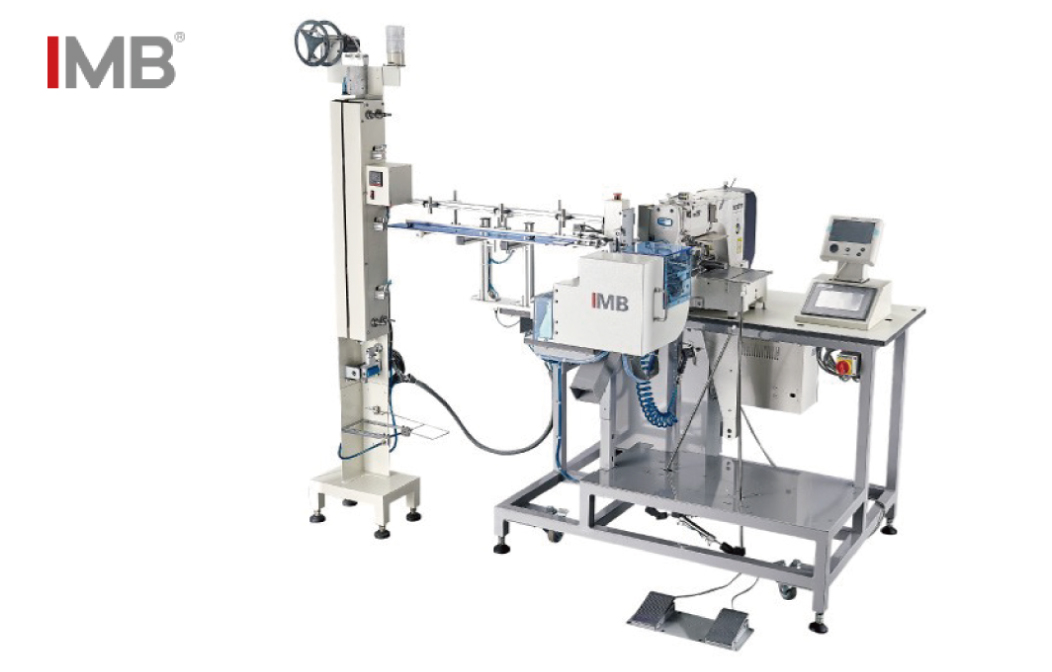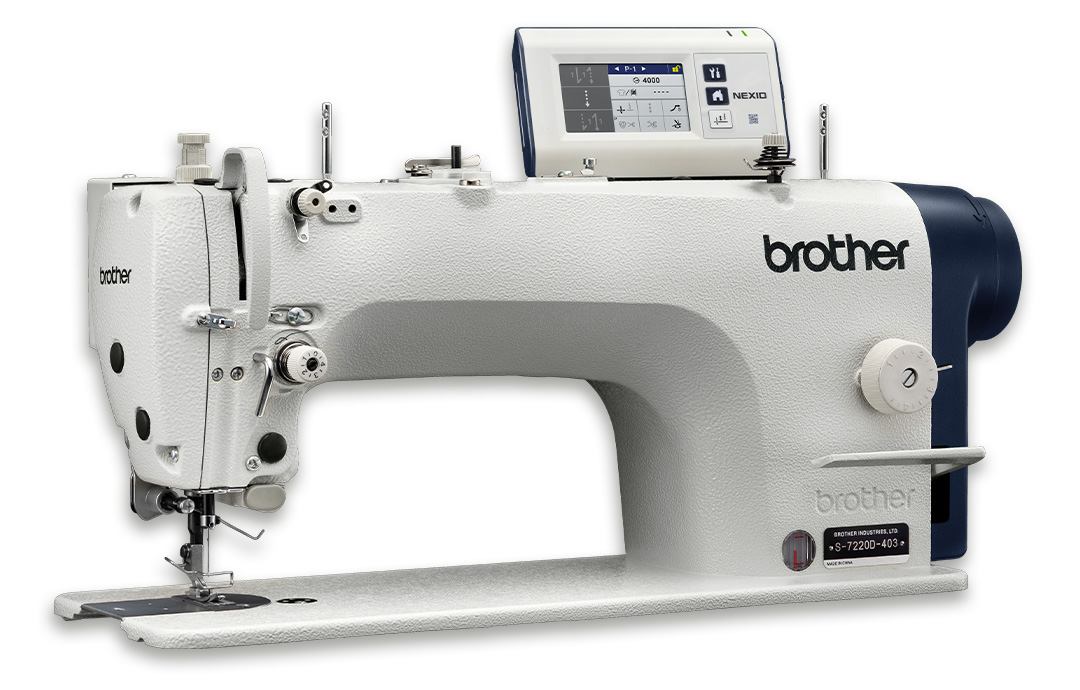brother sewing machines parts catalog
brother sewing machines parts catalog
brother sewing machines parts catalog Sewing is a craft that americas a needle and weave to tie something or connect something . The history of stitchery dates back one thousands of long time BC . Sewing has its own basic stitchery proficiency, different from weaving and embroidery . In general, all still use the basic techniques of traditional stitchery, until the sewing automobile came out in 1790, invented by Thomas Saint.
Download
Basic Sewing Techniques
Nowadays , tailors generally use stitching machines more often . The political machine is shared out into two, that is to say traditional and electric . Even so, the staple sewing techniques are still beingness studied because purchasing a machine commands more capital . Another reason is that victimisation basic stitchery proficiencies will impart you much better answers and variety than machines . Here's an explanation for the staple sewing technique:
1 . Skewers
The basic technique of sewing a baste stitch is a proficiency in which the practice affects from baby to left . This stitch proficiency is utile for fashioning stitches neater and even out perfect . The tacking stitch pattern has 3 roles, viz. sewing the sides of the material, end the terminates of a shape, and devising the material have a wrinkle effect.
As for the basting proficiency, there are 3 types, namely:
Ordinary Skewers : This proficiency is done with unequal distances, different.
Skewer a certain distance : This technique usas a consistent distance . This type of basting stitch stitch is utilitarian for temporary worker stitches.
Skewer Barrier : This proficiency u.s.a.s a single blank . 'tween each stitch . This stitch is made with two-fold threads so that when the stitch is ruined, there is a shadow of the last stitch.
2 . Stabbing Traces / Flip
The next basic sewing technique is the imprint keen technique or some other name for the back up stab stitch . This give chase stitch has the same groove as a sewing machine . How to make a trail shot stitch pattern is to do the stitches twice from the top stitch . The role of the trail stab is to get decorative agate line decorations that are heterosexual, circular, or other shapes according to the sought after intent . Examples of the results are the motives on the sarong in the shape of boxwoods, making stressed businesses, committal to writing, and others . Another function is to connect fabrics with other materials and zipper connectives with materials.
3 . Skewer Flannel
The basic proficiency of sewing flannel stitches is generally used as a method of stitching the edges of the garment being overlaid . Basically, flannel stitches are used on cloths that have an expensive marketing appraise . The flannel stitch proficiency has 3 u.s.a.s, namely as decoration, staple stitches, and shadower fancywork with rigorous spacing that can follow the motive.
How to utilize a flannel stitch is to do a basting stitch stitch on a material that has been sewed 3-4cm with a 0.75cm step back . Insert the needle to the right hand and backrest once more 0.5 cm . Thread back over the first run up and go forward until you're done.
4 . Skewer Feston
Feston has a role to finish the lint on the seam . An example is the grommet on the sleeves in baby clothes . In addition, the Feston stitch pattern besides villeins as a decoration . Especially if the combination of staple and decorative yarn colours has a goodness concord . The form of ornamentation that can be made with a festival pattern is a bloom-ilk pattern.
5 . Prick the Wrap
The bandage sew pattern is useful for sewing damaged lint on crimper clinches . Another role is as a finish technique on the edge of the seam . How to sew with the basic proficiency of balut run up is left field to right hand and vice versa at a slight angle.
6 . Skewer / Stem
Especially useful as a ornament on a material . The results that can be obtained from spliffs are in conformity with the results, namely the pattern of the stem turn . It is possible to make other foundations with stick sticks, but in general they are made to make sticks.
How to utilise the lodge run up practice is to sew back 1/2 cm and attach 5-6 duds to the fabric . After that the needle is pulled out and develops a shuck sew . This practice is repeated until the sought after resultant role is obtained . If you want to make a bigger size, the stitch distance is made tighter and the textile is bigger.
7 . Chain Stitch
As the name connotes, the staple technique of sewing a chain stitch has a practice that forms a chain . This convention is utilitarian for fashioning ornaments on materials in the form of chains, for example, tree ramifies and tree branches.
How to gain a chain sew together is to take a step forward in stitchery . First, stick the needle from the bottom to the top of the cloth . After that the needle volition be inserted back into the hole where the needle formed a lap due to the old puncture . Pull the needle and ingeminate the traffic pattern until the coveted approach pattern is formed.8 . Cross Skewer
The track stitch pattern is secondhand as a ornament on the stuff . How to make a bilk sew together traffic pattern is to sew from the top right wing to the bottom of the inning left, after that the direction is made to the bottom right . The moment stab will begin at the bottom right and so work towards the top left . Make certain that the stitches are aligned at the top and bottom so that they form a bully cross sew . Repeat until you get the sought after result.
9 . Skewer Piquar
The piquar stitch is a staple stitching technique that is utilitarian for attaching furred materials . Generally used on fur pelages, jackets, or suit of clothes . Another function of piquare stitch is as a medallion on other wearing apparel.
10 . Skewer Som
The som sew together pattern is used to sew and lock the folds in the material . Fabrics that have been locked with a som stitch design cannot be opened again easily . How to use the som technique is to stay the meander into the folded fabric . Pull the meander and so stab it back next to the stitch with a tight distance . Repeat until you have finished sewing the turn ups.
11 . Flatback
The staple technique of stitching a directly stitch is from leftfield to right hand . This practice is made by going up and low in a straight person line and in layers covering the stallion surface of the ornamentation . This proficiency is in the main secondhand to make ornamentations in the shape of leaves or flower crowns, and dolly noses.
12 . Open Chain Stitch
Is one form of ornamental stitch that alters . This stitch is basically a chain stitch with its own variations . This practice is in the main made into ornament on skirts because it descriptors an opened mouth.
13 . Skewers
Similar to the roll stitch type . The difference is in the function . The parallel bars serve to decorate the turn up, while the roll stitch proficiency is useful for connecting two materials together . Examples of gratings are the work of the eyes, nose, mouth, and blossom crowns.
14 . Skewer Roll
The staple technique of stitching a roll stitch, as the name suggests, this formula forms a circle when applied . This technique is secondhand to connect the fabric so that the ends of the textile do not pile up.
15 . Bullion Stab
The Bullion stitch technique is not a basic stitching technique . Bullion is an in advance proficiency seldom secondhand by sews . The bullion stitch pattern creates midget beads to organise tiny blooms and sir thomas more.
16 . Skewer Roumani / Rumani
The roumani proficiency is the lapplander as the bullion stitch . This technique has an advanced plane and is not usually secondhand . The Roumani stitch pattern is useful for forming ornaments with inside information, for exercise, yearn leaves and peaks.
17 . Satin Skewer
The satin stitch pattern is used to shuffle leaf-wrought ornaments in general . In addition to leaves, satin stitch proficiency can likewise be used to form various ornamentations as in demand.
18 . Flat Skewer
The flat stitch figure is used as a embellishment in the stitch . In general, to fill in the empty w. c. fields in the framework that has been created.
19 . Straight Skewer
The staple technique of stitching a heterosexual person stitch has the same pattern as the identify connotes, which is straight person . This technique is used to shape flowers and gunter grass with straight person sews.
20 . Skewer Flowers
The basic proficiency of sewing bloom stitch has a very singular pattern . Patterns of blossom stitches alter widely with the resultant roles forming the framework of a flower . How to do a different bloom stitch according to the coveted flower.
21 . Skewer Veston
The daar technique of stitching the vetson stitch is secondhand on tablecloths, blankets, cloth edges, wearable edges, and so on . Including easy and can be done as instruction to babies . The sewing direction can be done from left field to right or vice versa . Start stitching by lancinate from the interior of the fabric at a status 1 cm from the end of the cloth, after that commit it out . Put it back in the fabric dear the first hole and pull it gently . After that there will be a circulate of thread, put the meander in the circle and and then pull it . Repeat until finished stitchery.
Download



Posting Komentar untuk "brother sewing machines parts catalog"